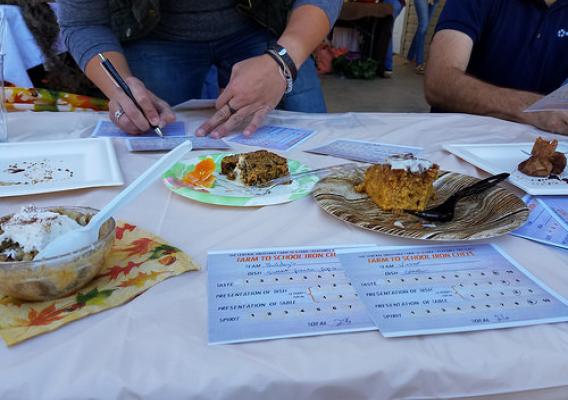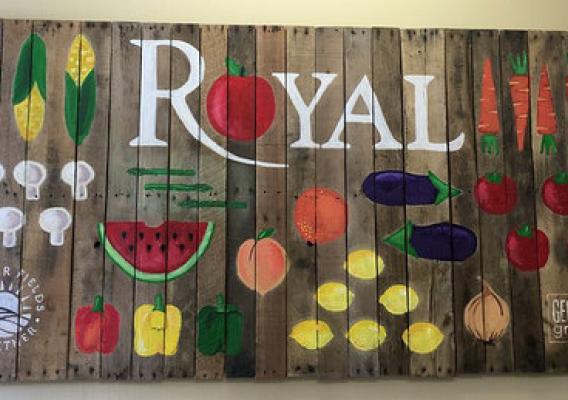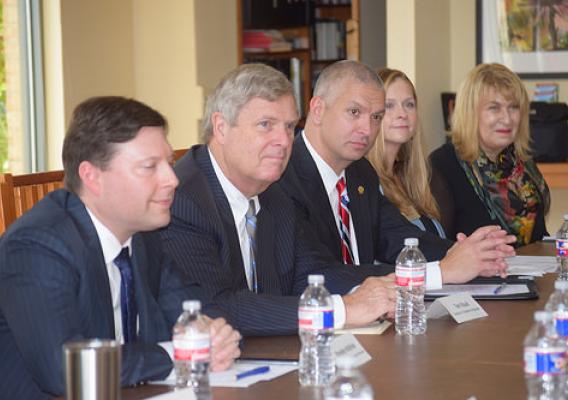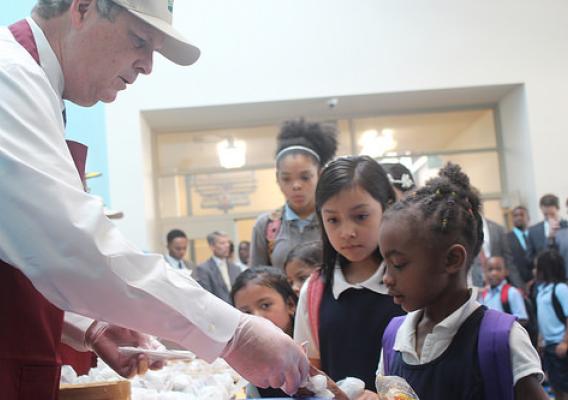The December 2014 to June 2015 avian influenza outbreak was the largest animal health emergency in U.S. history. The virus contributed to the death of more than 48 million birds, either due to infection with the virus or depopulation to prevent additional spread. The virus was introduced into the U.S. by wild migratory waterfowl and then spread from farm to farm in a number of ways. This included farms sharing equipment, vehicles moving between farms without being cleaned or disinfected, employees moving between infected and non-infected farms, rodents and small wild birds reported inside some poultry houses, and feed stored outside or without appropriate biosecurity measures. The virus spread was also assisted by instances of noncompliance with industry-recommended biosecurity practices.
Fortunately, avian influenza poses little threat to human health and food safety. Human infections with avian influenza are rare and most often occur after direct contact with an infected bird. Avian influenza does, however, adversely affect food availability and the economy. If a single bird became infected with the highly pathogenic avian influenza virus during the 2014-15 outbreak, every bird in the same commercial poultry house – which contains an average of 30,000 birds – was depopulated.










